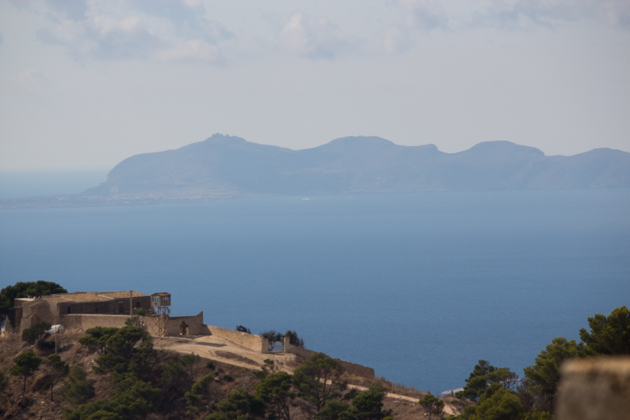
View from Erice
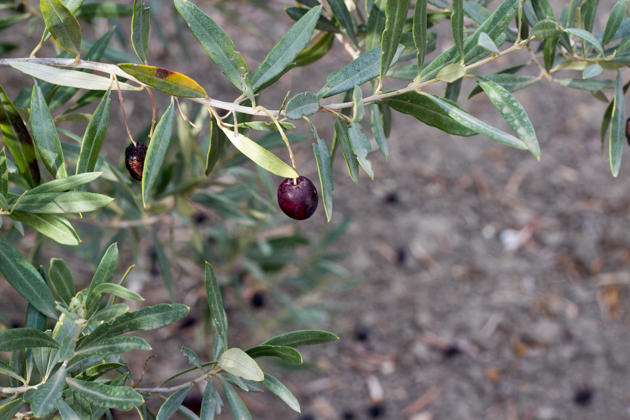
Olives
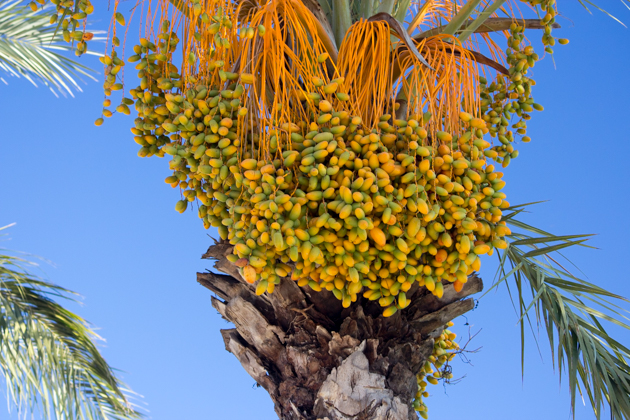
Date palm tree

Cactus fruit
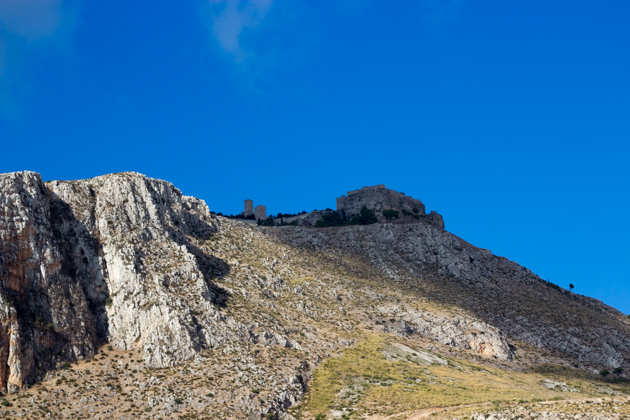
Erice on the hill
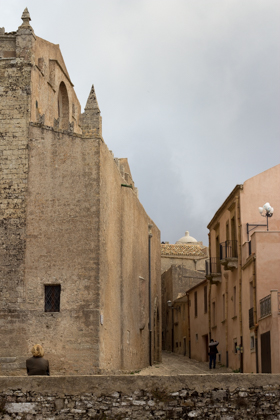
Streets of Erice
Erice
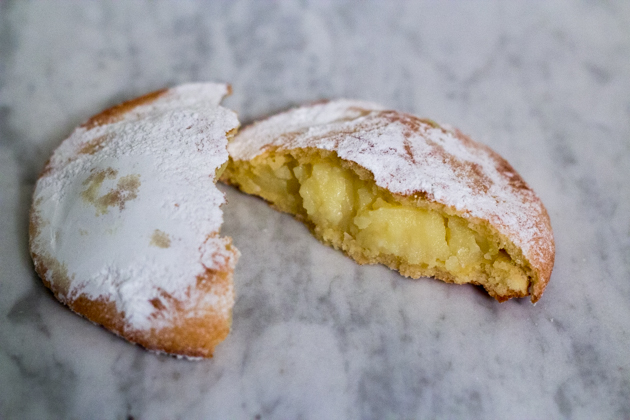
Maria Grammatico’s Genovesi (a large pastry ravioli filled with custard)
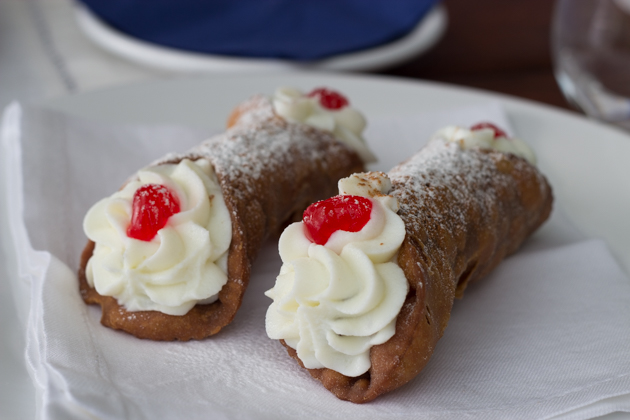
Cannoli
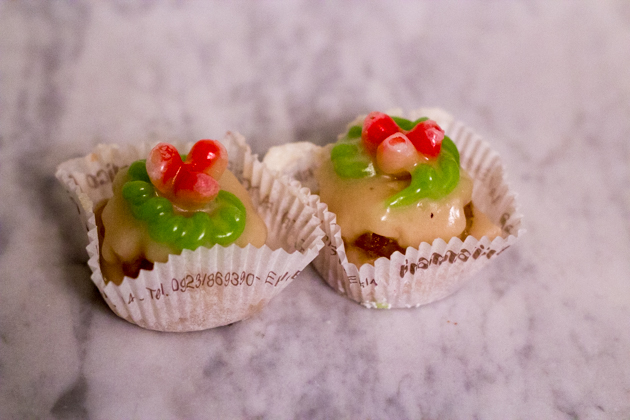
Pasta reale (almonds, sugar, candied citron and vanilla)
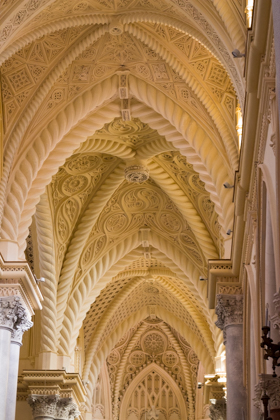
Inside Chiesa Matrice
Whoever thinks beige is not beautiful has never been to Erice. The whole village is made out of stone, a tapestry of different textures. The 14th century Chiesa Matrice and its Bell Tower are raw stone, with its simplicity beautiful in itself. Upon entering, the interior is breathtaking with smooth ivory carved stone in intricate detail covering the ceiling and altar.
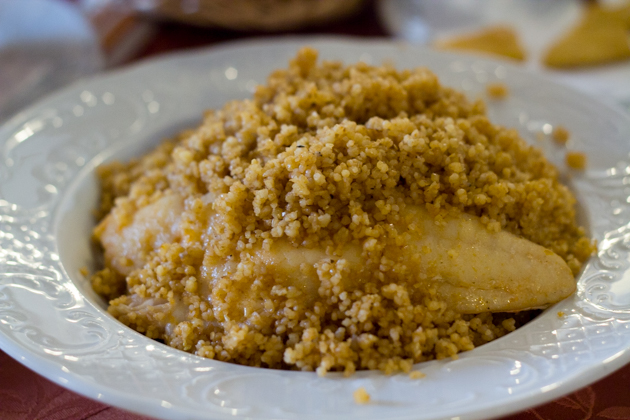
Cuscus alla trapanese (couscous served with fish stew (agghiotta di pesce))
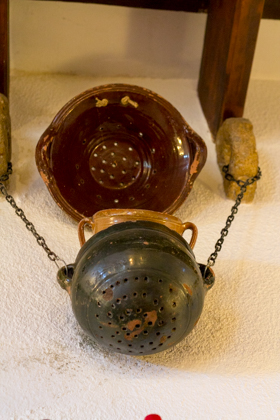
A traditional earthenware couscoussiere (perforated pot) which rests over a pan of boiling aromatised water to steam the couscous within. The gap between the couscoussiere and the pot is sealed with dough.
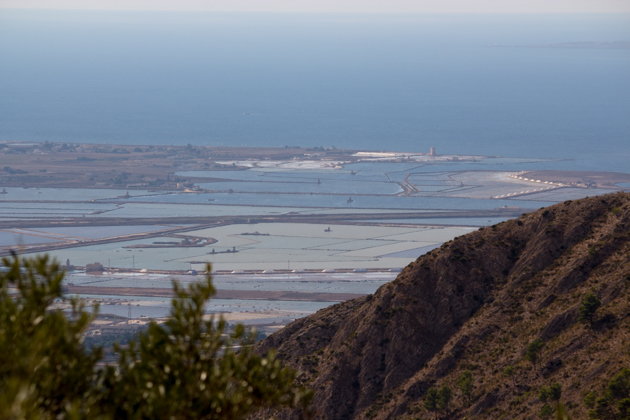
Looking out at the salt flats off Trapani
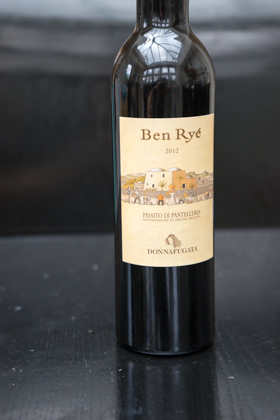
Ben Rye, Zibbibo based Passito di Pantelleria by Donnafugata
Trapani
Erice overlooks Trapani along the coast with its salt yards. Trapani is known for its fish couscous, an import from nearby Africa. From Trapani one can take ferries to Pantelleria, an island known for being closer to Africa than Italy, its flavoursome salt-packed capers and its nectar-like passito style sweet wine made from Zibbibbo grapes (my favourite producer is Donnafugata). Also try the unique dry Zibbibbo wine by De Bartoli. From Trapani it is also possible to take a ferry to the island of Favignana, a magical island known for its cliffside tufa caves filled with secret gardens or pools of water.
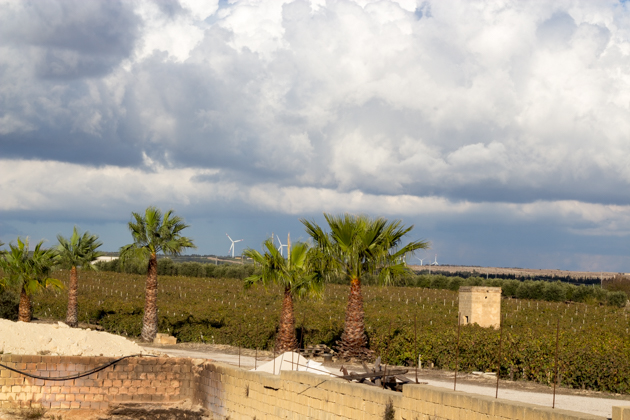
Marsala vineyards
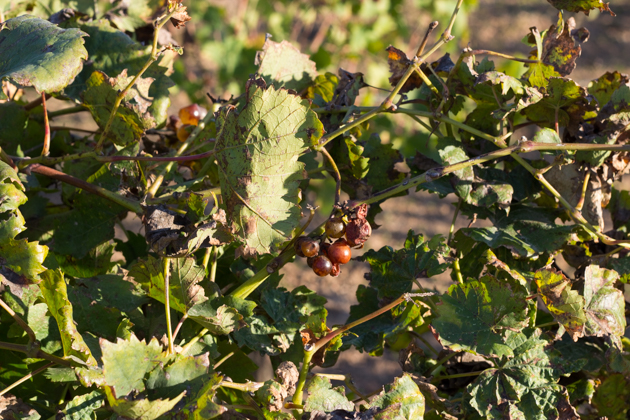
De Bartoli grapes
Marsala
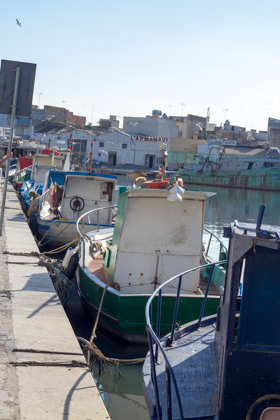
Mazaro del Vallo
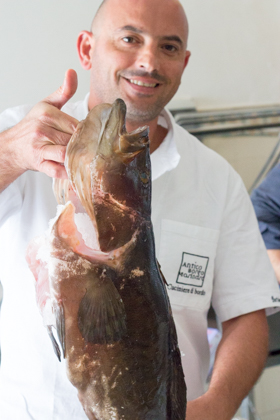
The chef at Antico Borgo Marinaro showing off his fresh fish

Langoustine and tuna sashimi sprinkled with Sicilian oregano, “Salamarigghiu” in local dialect
From Mazaro del Vallo to Menfi
We used Mazaro del Vallo as our base camp to explore the local area as we found a hotel which catered to children. Mazaro itself is not particularly scenic and is known for its sizeable North African population and its port. We found an excellent seafood restaurant along the water, Antico Borgo Marinara. Its convivial chef owner, Bartolomeo Marmoreo was obviously proud of the fresh white sea-bream, grouper and John Dory he procured which he expertly prepares being careful not to overpower the delicate seafood flavours. The restaurant’s elegant decor reflects the location, combining Sicilian colourful hand-painted tiles with the domed roof and arches reminiscent of the Arabs. We had smoked swordfish bruschetta with oregano and the raw seafood platter of prawns, langoustines and tuna sashimi sprinkled with local Sicilian oregano (“Salamarigghiu” in local dialect) which the chef harvests himself alongside the sea.
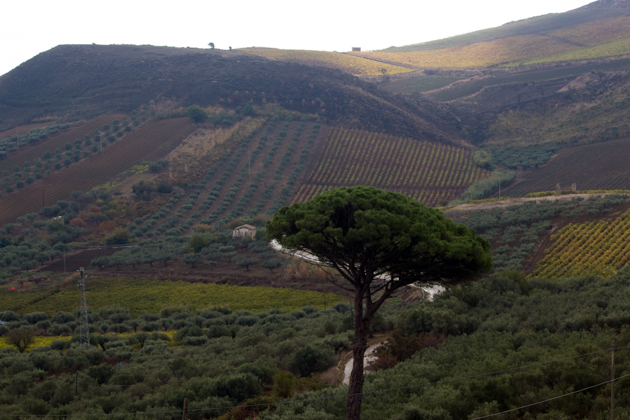
Valle del Belice
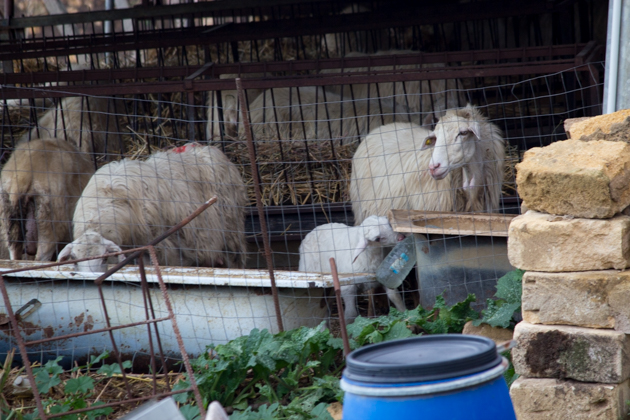
Sheep in Valle del Belice
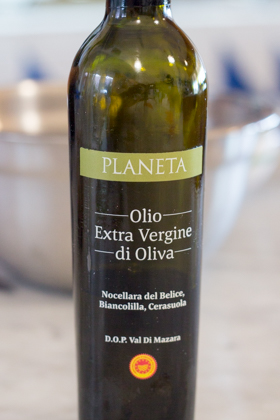
Nocellara di Belice olive oil
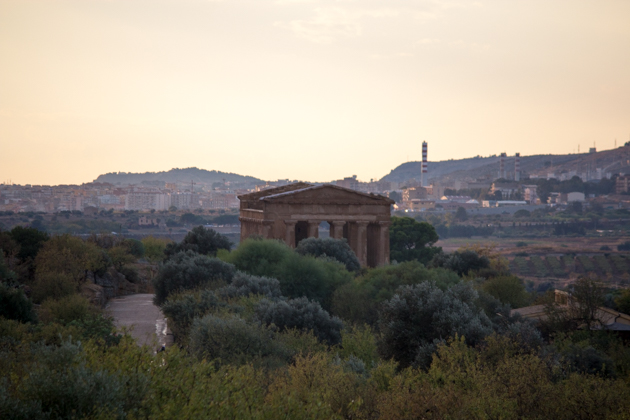
Selinunte
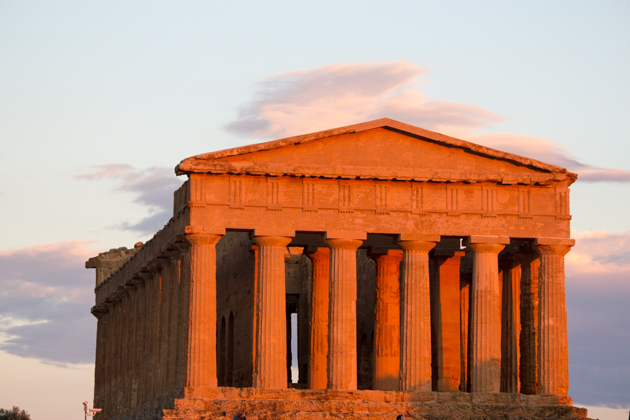
Selinunte
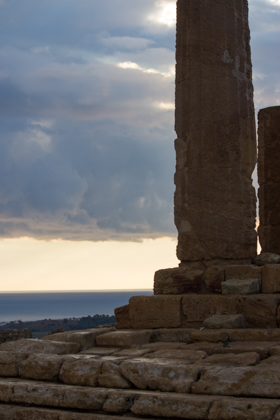
Selinunte
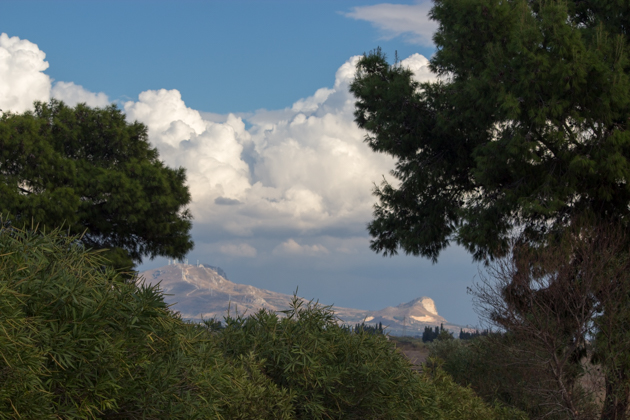
View from Selinunte
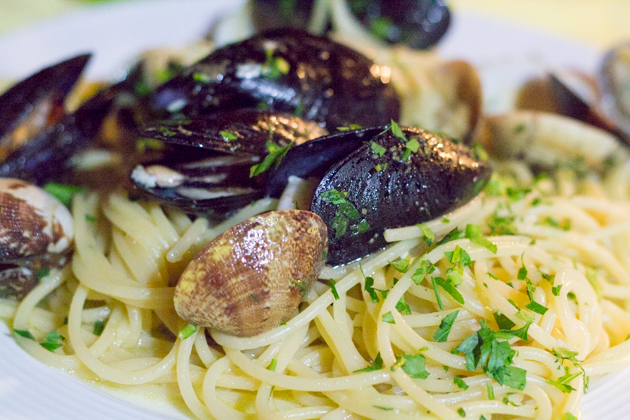
Spaghetti alla marinara (spaghetti with mixed seafood)
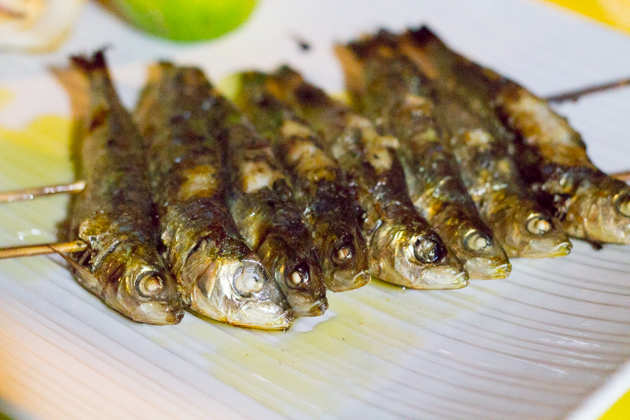
Grilled sardines
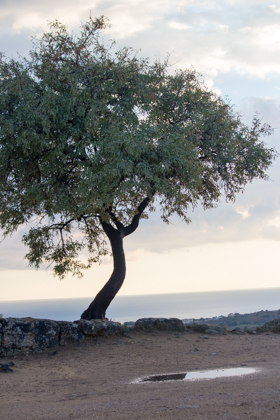
Olive tree
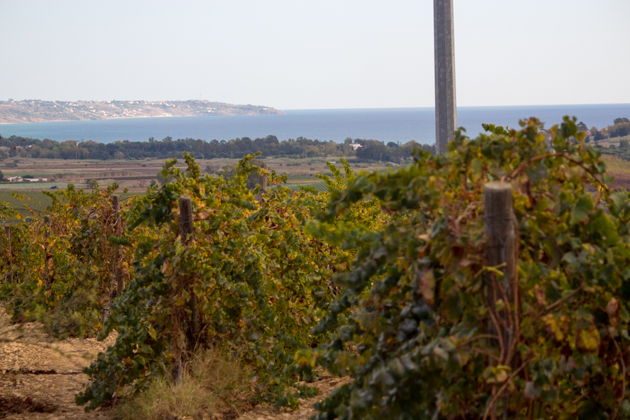
Grape vines
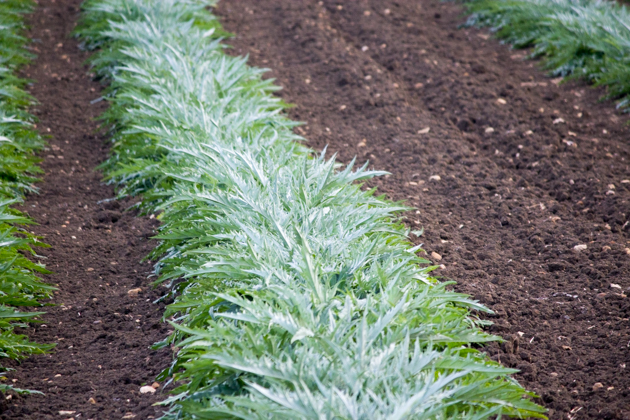
Menfi artichokes
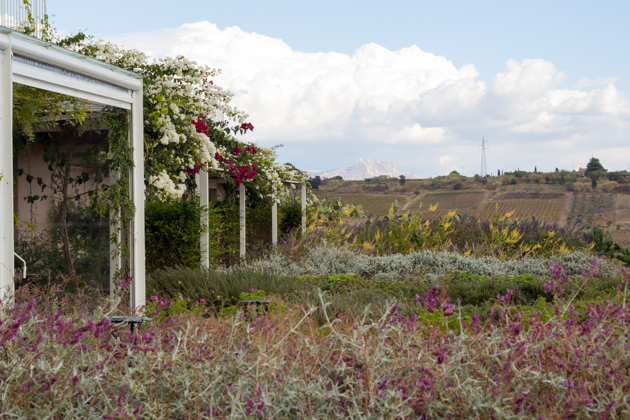
Planeta’s La Foresteria
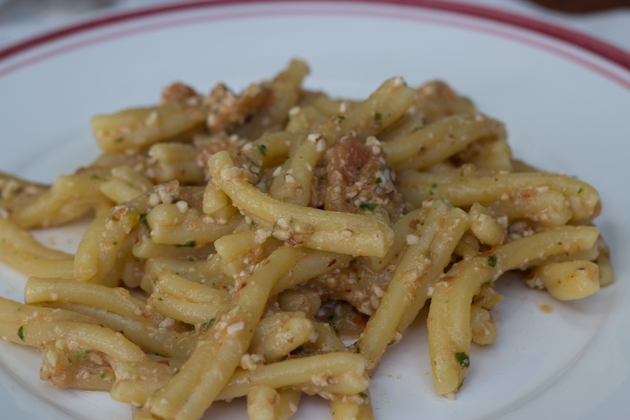
Busiate al pesto trapanese
For the main course we made with veal escalopes coated in flavoured breadcrumbs and accompanied by melon, anchovy, onion and oregano salad. The salad is a winter variation on the traditional Sicilian orange, fennel and olive salad. We finished off by making what I think were the best cannoli I had ever eaten. I was slightly scarred by the versions I have had in New York with a dark thick, flavour-less shell encompassing what tasted like sickly sweet sugar paste. His were feather light and thin with slightly sweet fresh sheep’s milk ricotta. Angelo explained that the best cannoli were made at home as the shells could be made thinner as they were filled at the last minute so had no risk of becoming soggy or breaking. Dark shells are an indication that old oil was used to fry the shells. He uses a ratio of 16% sugar to ricotta whereas traditionally it was 44%, resulting in the perfect sweetness. We enjoyed the fruits of our lesson on the terrace overlooking the vineyards amongst the herb garden. A perfect morning.
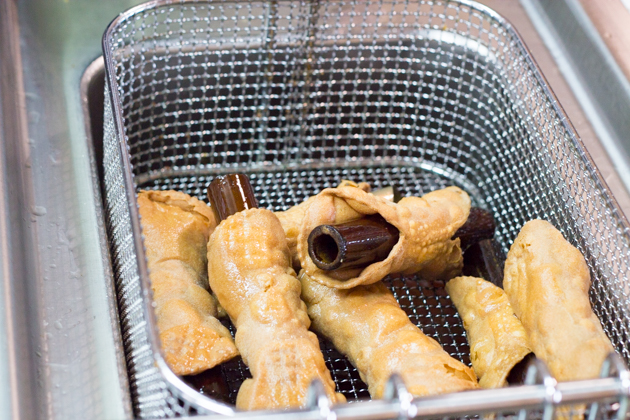
Frying the cannoli pastries with traditional wooden moulds

Vitello alla palermitana (herb coated veal escalopes) with insalata di melone (melon and fennel salad)
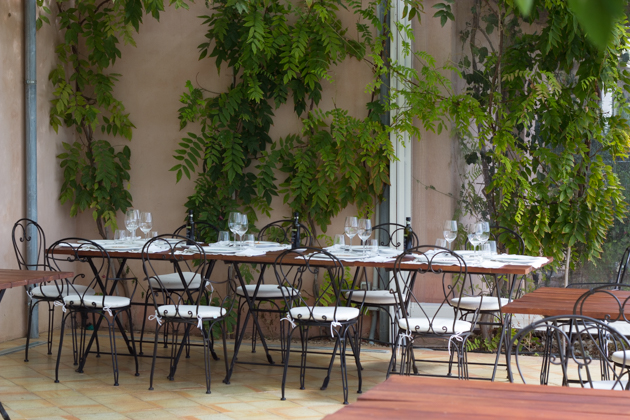
Dining al fresco at La Foresteria
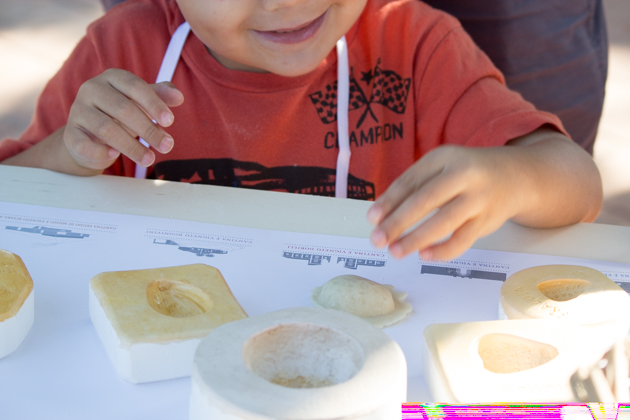
Stuffing the moulds to make frutta martorana (almond paste sweets)
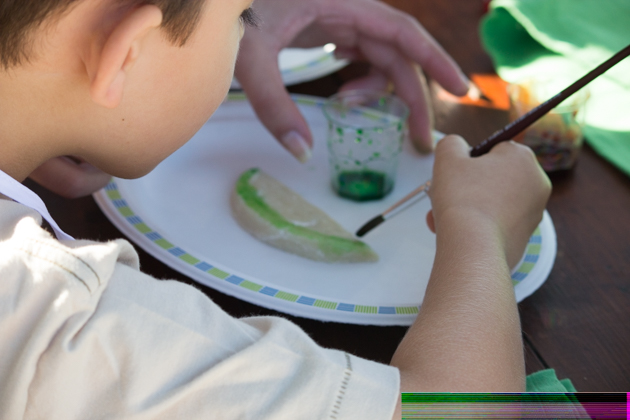
Painting the almond paste to look like a wedge of watermelon
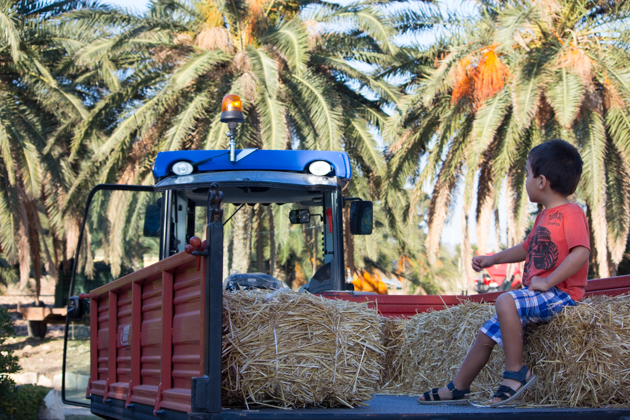
Going for a tractor ride through the olive trees
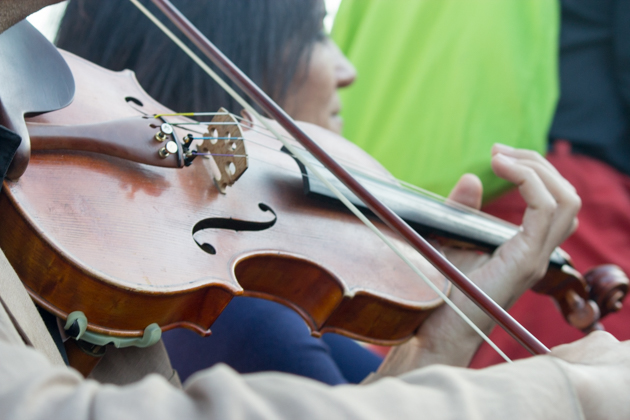
A fiddler accompanied the tractor ride!
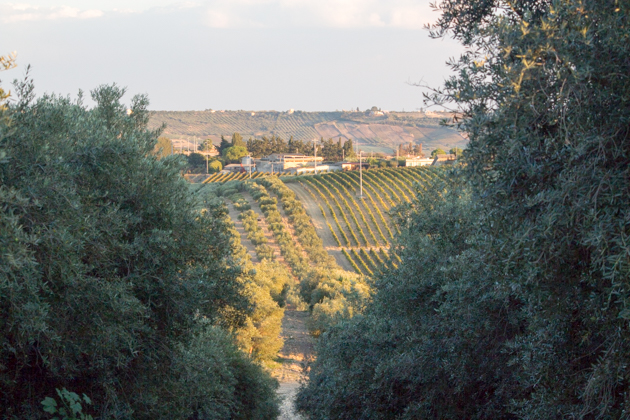
Planeta‘s olive tree estate
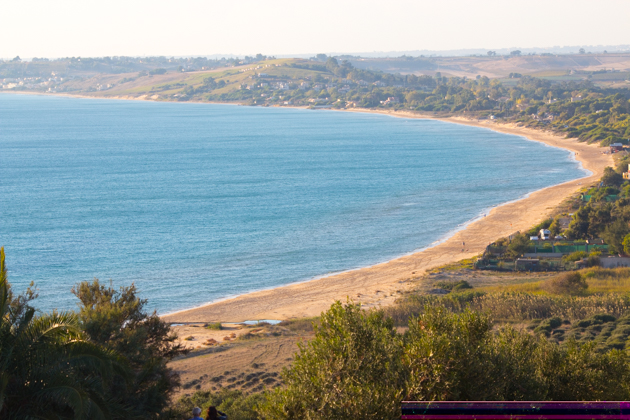
The olives have a spectacular view of the sea
Recipe:
Insalata di arance, olive e finocchio (orange, olive and fennel salad)
- 4 oranges, preferably Navel, skin removed and cut into rounds
- 1 fennel bulb, washed and ends cut off
- 20 gms black olives, pitted and chopped
- 1 small red onion, skinned, ends removed and finely sliced
- 2 pinches dried oregano
- Mix the ingredients together and serve.
Eat:
Erice:
Monte San Giuliano
Vicolo San Rocco, 7
91016 Erice (TP)
Tel: +39 0923 869595
Email: [email protected]
http://www.montesangiuliano.it
The restaurant is popular with tourists but prepares tasty dishes nonetheless. Portions are large.

La Pasticceria di Maria Grammatico
Mazaro del Vallo:
Antico Borgo Marinara
Lungomazaro Ducezio, 72
Mazara del Vallo (Trapani)
Tel: +39 0923 931619
Near Selinunte:

Spaghetti con scampi (spaghetti with langoustines)
La Pineta
Da Giovanni
Menfi:
La Foresteria
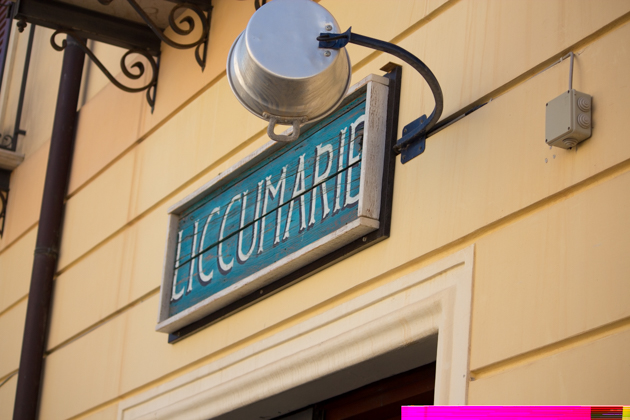
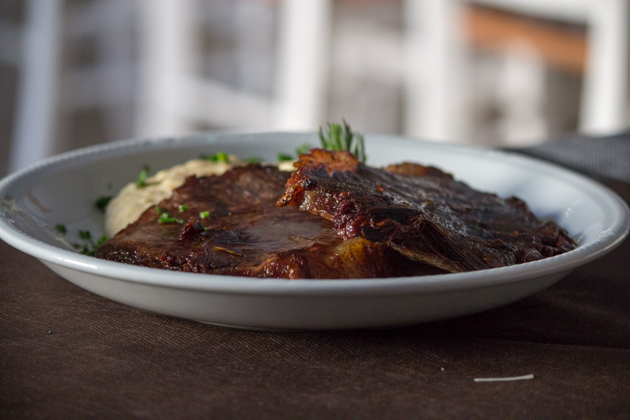
Beef braised in olive oil
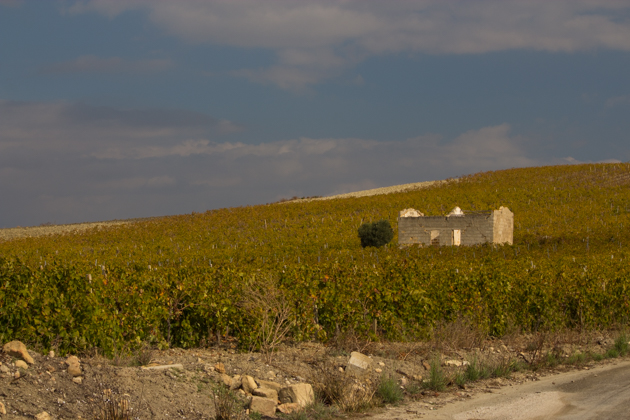
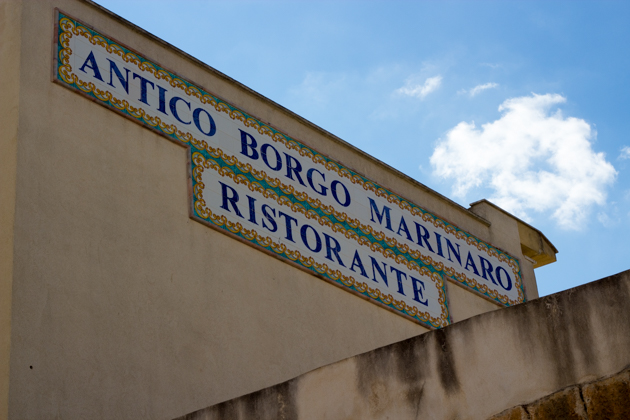
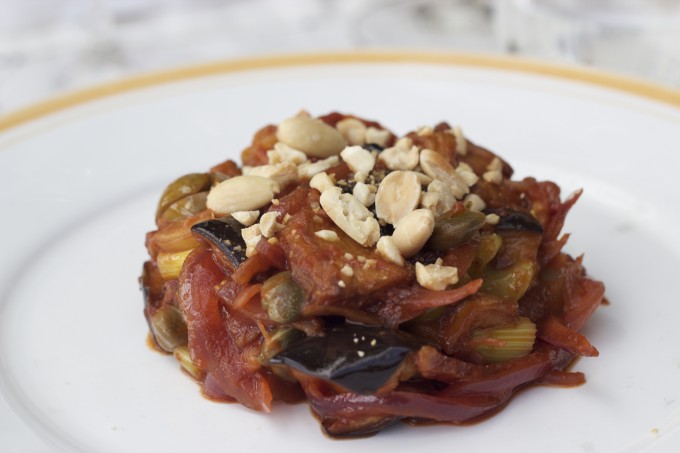
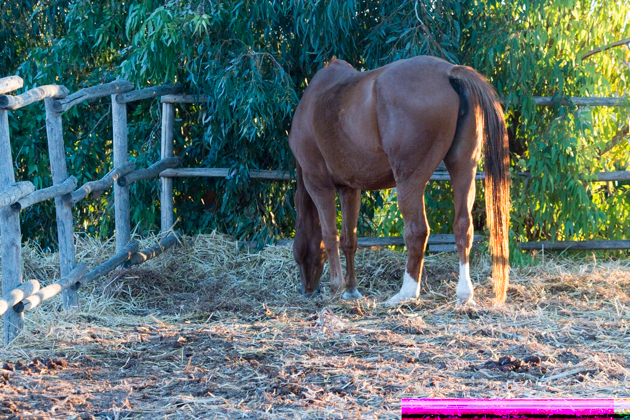
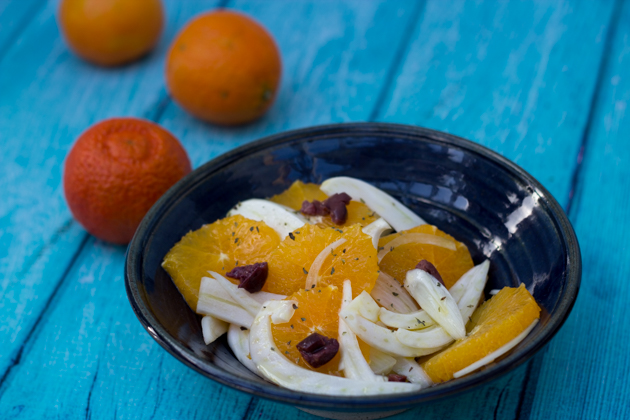
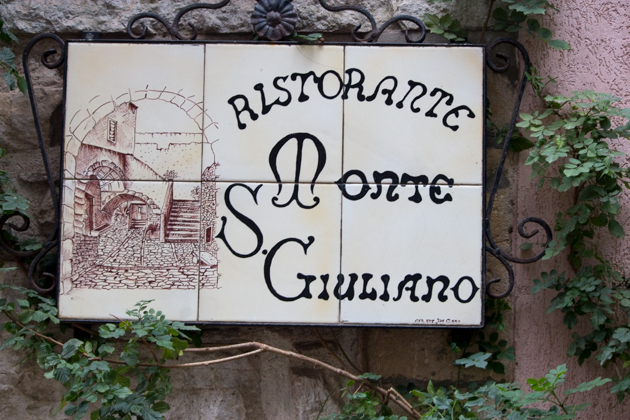
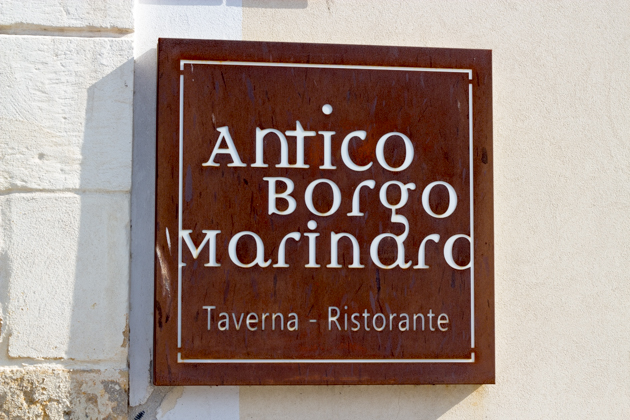
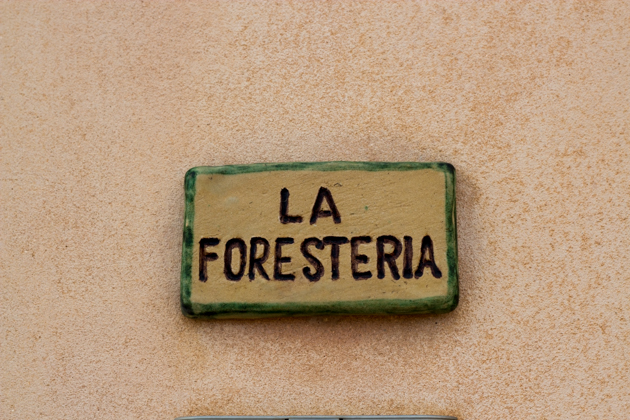
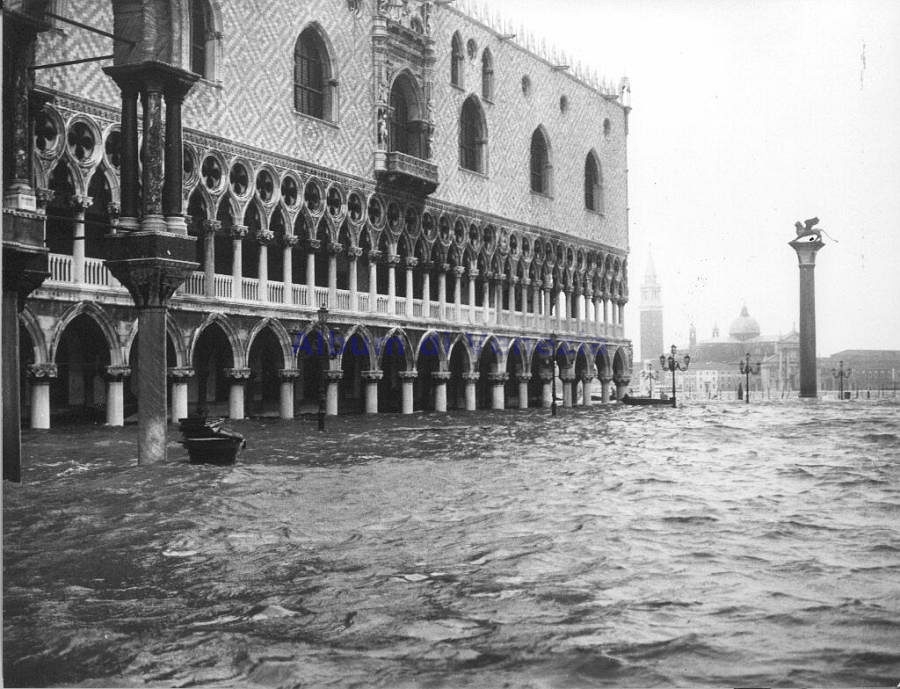
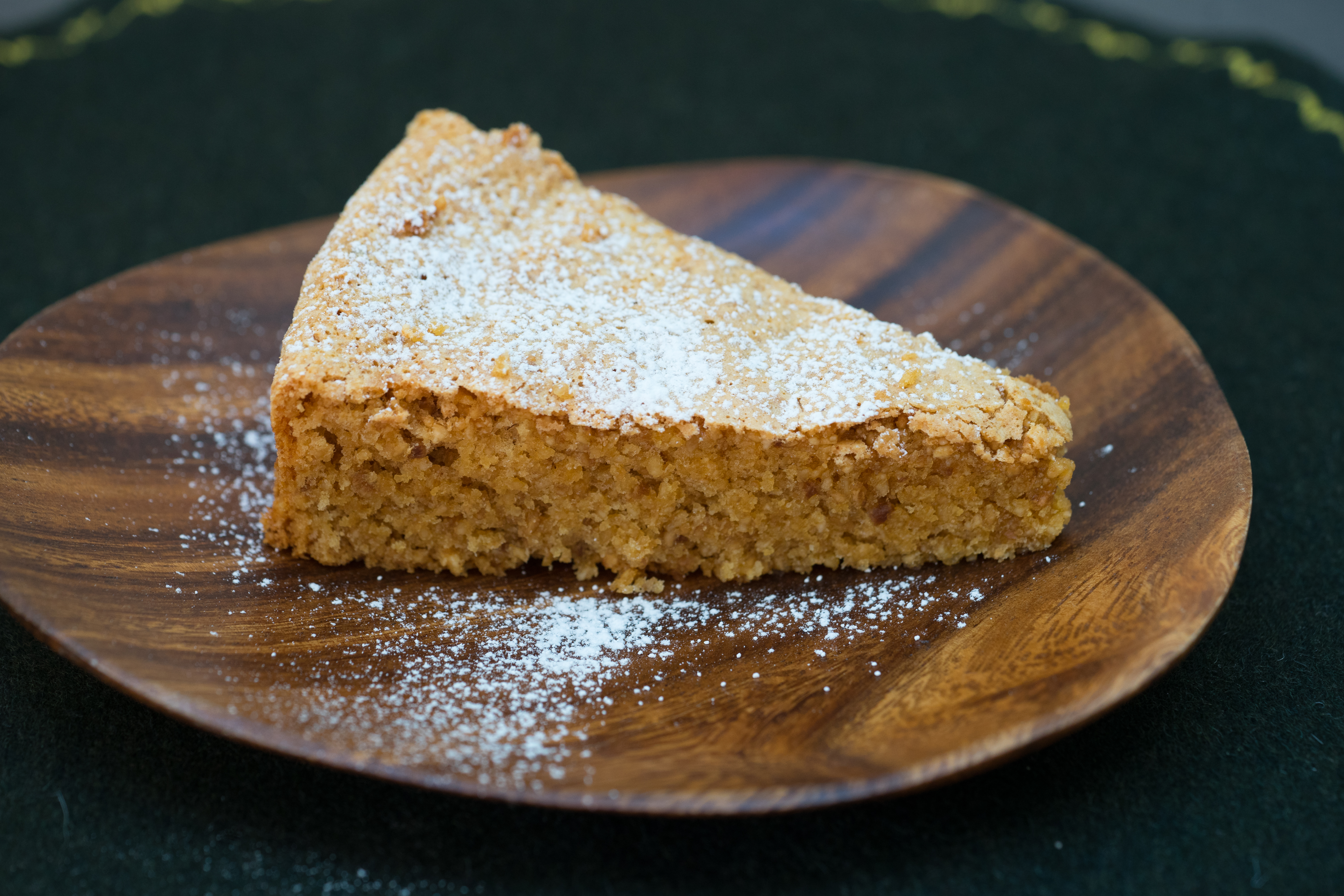

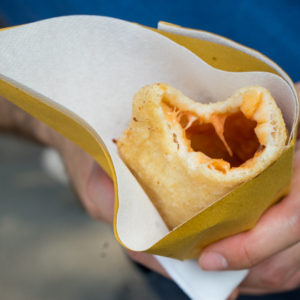
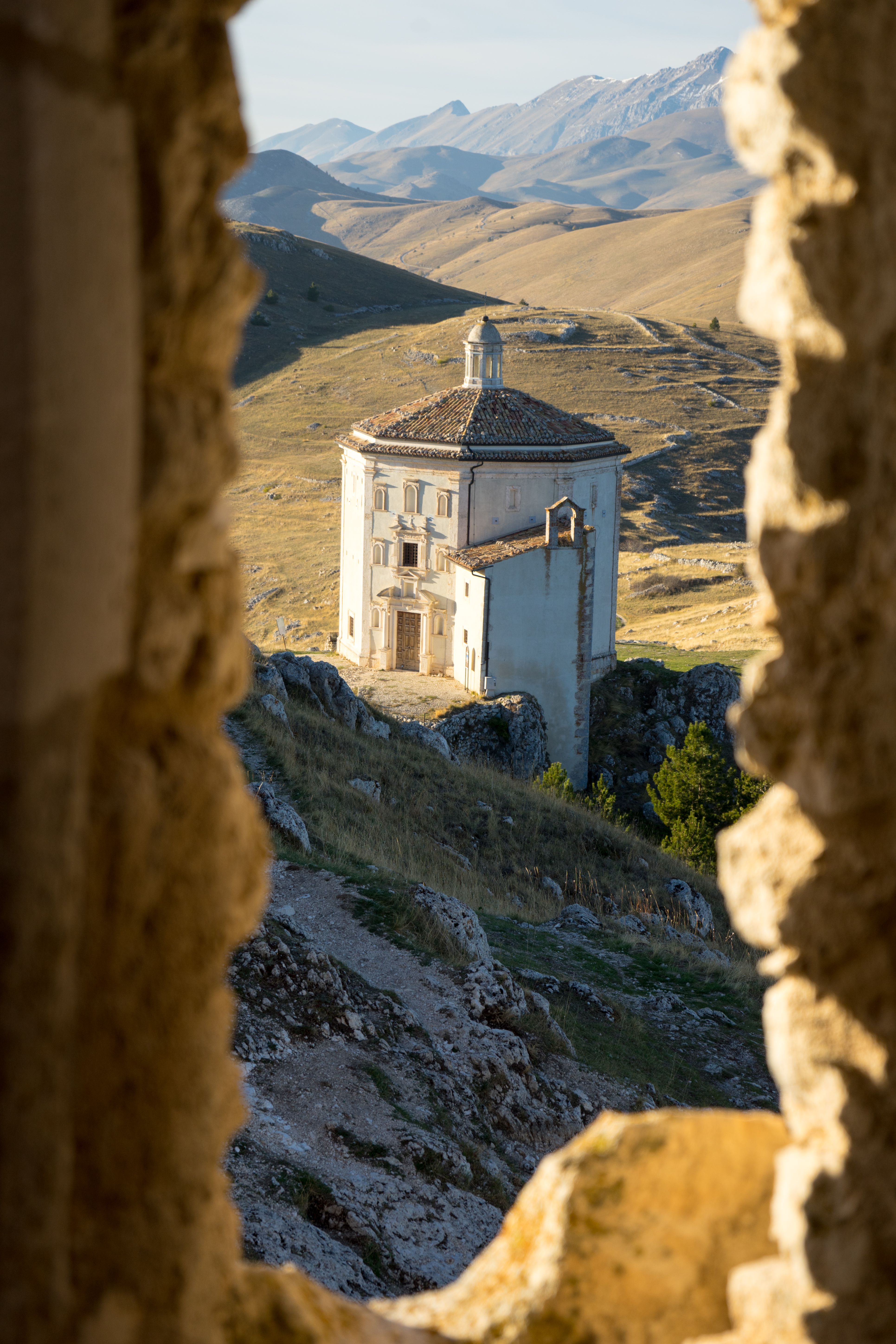
Thank you for this excellent trip down memory lane; especially the reference to Erice where my production company has filmed Maria Gramatico making her famous dolci siciliani.
Hi Mary Ann, Thanks for reading and commenting. I am glad you enjoyed the post. I would love to see your footage of your visit to Maria Grammatico, is it available online? These delicious pastries deserve to be world famous, so well done!